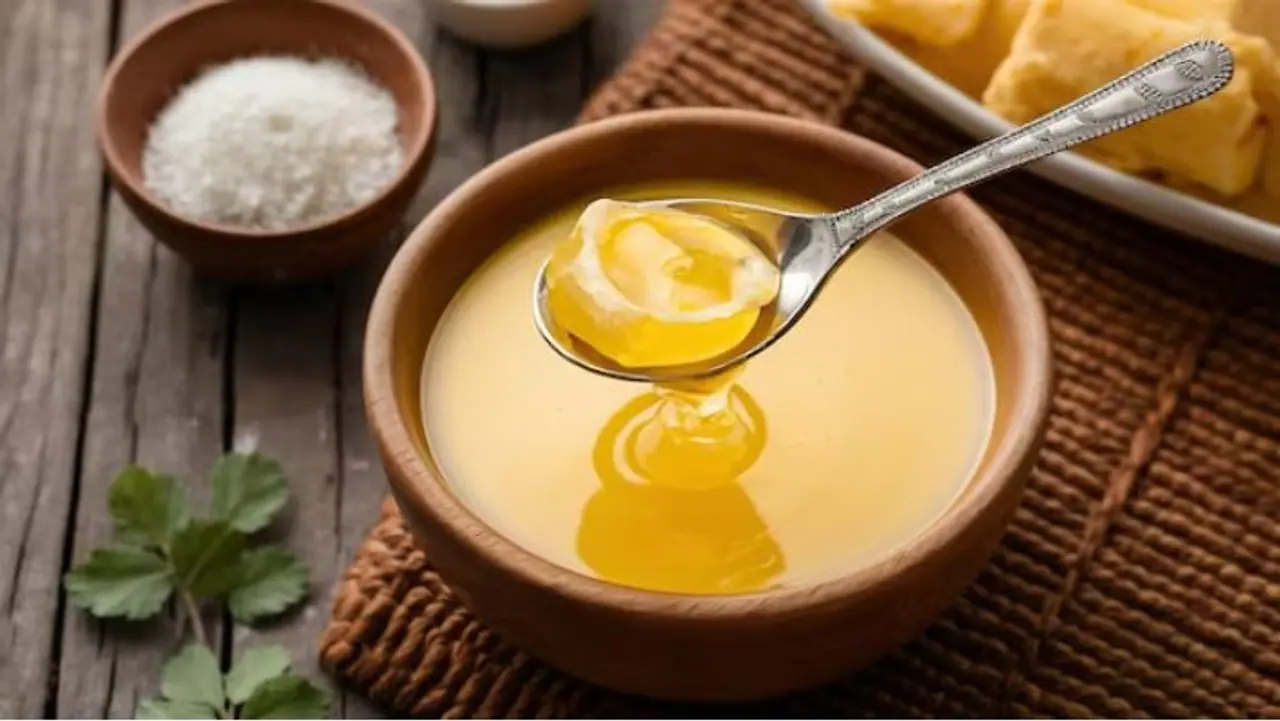Amid Tirupati laddu row, here's how to check ghee purity at home: Simple tips
Ghee is a cherished ingredient in Indian cuisine, renowned for its rich flavor and numerous health benefits. However, with the prevalence of adulteration in the market, ensuring the purity of ghee is essential. Here are some simple tips to help you verify the authenticity of your ghee at home.

1. Visual inspection:
The first step in checking ghee purity is a visual inspection. Pure ghee should have a golden yellow color and a smooth texture. If the ghee appears too pale or has an unusual color, it may indicate adulteration. Additionally, pure ghee will have a clear layer of oil on top when stored.

2. Smell test:
Ghee has a distinctive, nutty aroma that sets it apart from other fats. When you smell pure ghee, it should evoke a warm, inviting scent. If it smells rancid or lacks that signature aroma, it might not be pure.
3. Taste test
While you should be cautious about tasting unknown products, a small taste of ghee can reveal a lot. Pure ghee has a rich, buttery flavor with a hint of nuttiness. If the taste is bland or has a strange aftertaste, consider it a sign of potential adulteration.
4. Water solubility test:
A simple water solubility test can help you check for impurities. Take a spoonful of ghee and dissolve it in a glass of cold water. Pure ghee will float on the surface and not mix with the water. If it disperses or forms clumps, it may contain adulterants.
5. Refrigeration test:
Place a small amount of ghee in the refrigerator for a few hours. Pure ghee solidifies uniformly, while adulterated ghee may exhibit inconsistent solidification. If you notice separation or unusual texture after refrigeration, it could be a sign of impurities.
Explore the latest Lifestyle News covering fashion, wellness, travel, Food and Recipes, and more. Stay updated with trending Health News, fitness tips, and expert insights to inspire your daily living. Discover personalized lifestyle trends that keep you stylish and informed. Download the Asianet News Official App for everything that adds value to your everyday life.